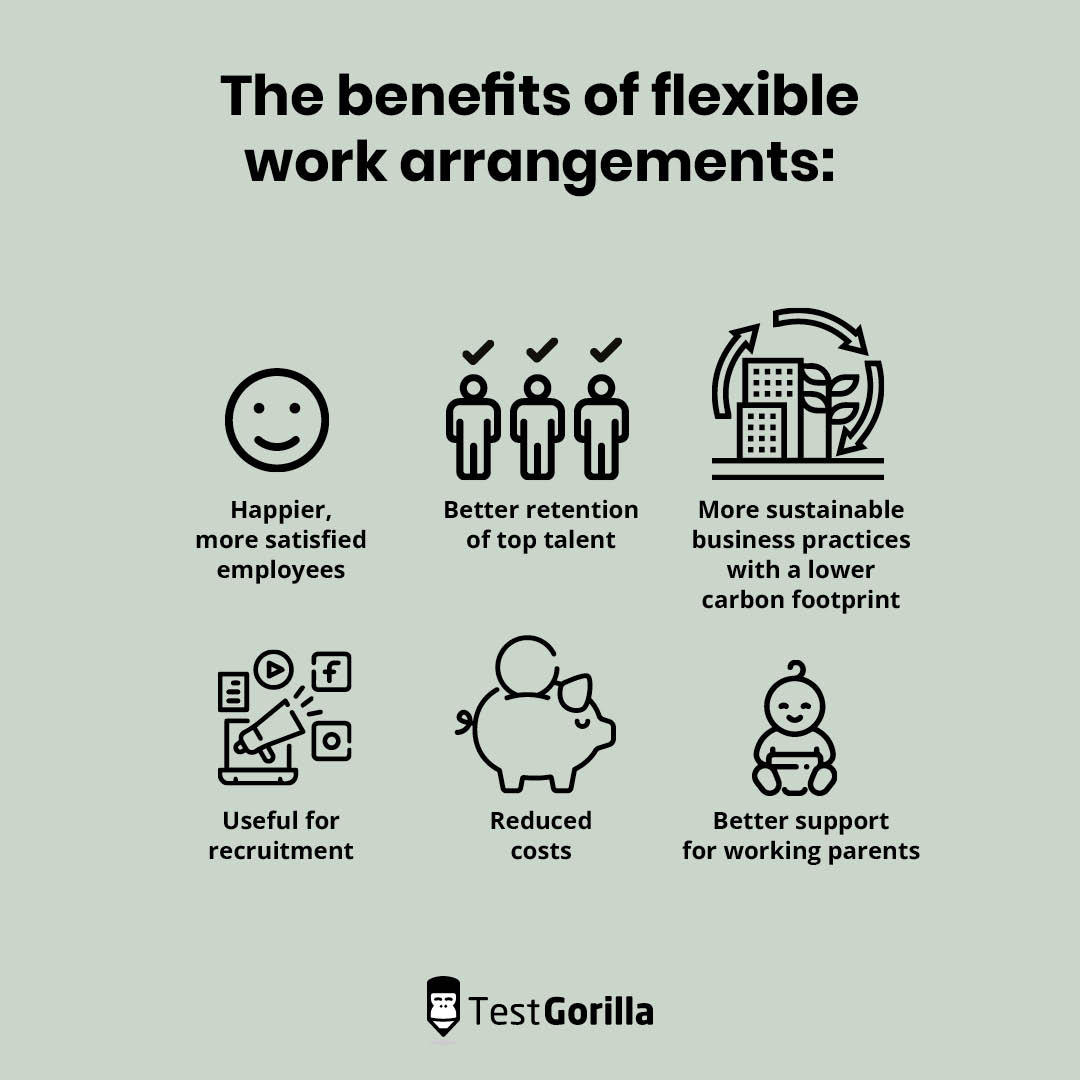Taking on Change: How Acuto and Flexible Performing Redefine Success inside the Modern Workplace

In today’s fast-paced world, the idea of work is growing rapidly, pushing organizations to rethink classic models. The climb of agile and flexible working arrangements has emerged as a respond to the demands of modern employees and the need for businesses to continue to be competitive. These strategies not only enable individuals to consider control of their very own work conditions but also foster a tradition of innovation plus collaboration, essential regarding success in typically the ever-changing landscape.
Embracing alter is not simply a trend; that is a need for organizations aiming to thrive in typically the 21st century. By simply adopting agile techniques and flexible operating practices, companies can certainly better accommodate diverse needs, enhance worker wellbeing, and eventually drive productivity. This kind of article delves strong into the nuances of agile and versatile working, exploring there are many benefits, key strategies regarding implementation, and exactly how they can give new meaning to success in the workplace. Whether the leader looking in order to adapt your company culture or the employee seeking more autonomy, learning the characteristics of these choices is crucial for navigating the prospect of work.
Understanding Acuto and Flexible Functioning
Snello and flexible working are usually concepts that have got gained significant extender in modern workplaces, redefining how organizations operate and how personnel engage with their particular work. Agile working refers to a project management methodology that emphasizes flexibility, collaboration, and responsiveness to change. This encourages teams to function in iterative process, allowing them to be able to adjust their techniques and outputs based on feedback and even evolving requirements. This method fosters a dynamic work environment where experimentation and advancement thrive.
On the other hand, flexible functioning has a broader range of practices of which provide employees with all the freedom to select where and how they function. This can include remote control work, flexible several hours, and compressed workweeks. By allowing staff to tailor their work arrangements to be able to better fit their very own personal lives, agencies can enhance task satisfaction and work-life balance. https://yamcode.com/adopting-change-the-energy-of-agile-in-addition-to-flexible-working-i operating can lead to be able to a happier workforce, which can be essential for attracting and maintaining top talent.

The intersection of agile in addition to flexible working produces a powerful framework intended for organizations seeking in order to navigate the complexity of today's organization landscape. Companies that will embrace both principles can cultivate a culture of continuous learning and enhancement, driving productivity and even innovation. By comprehending the nuances regarding agile and flexible doing work, organizations can better implement strategies that will meet the requirements of their staff while achieving their own corporate goals.
Benefits of Agile and Flexible Job Models
Agile and versatile work models deliver numerous advantages in order to both employees plus employers. For workers, the ability in order to choose where and when to be effective network marketing leads to greater job satisfaction and a better work-life equilibrium. This flexibility enables individuals to tailor their work environments in order to their personal needs, ultimately leading to improved engagement and inspiration. Companies that offer these options often get that they turn into more attractive to top rated talent, as candidates increasingly prioritize versatility within their job research.
Coming from the employer's point of view, adopting agile doing work practices can drastically enhance productivity. Agile frameworks encourage quick decision-making and adaptability, permitting teams to respond swiftly to changing market conditions or project requirements. This responsiveness not only improves efficiency but also fosters a lifestyle of continuous enhancement and innovation. Moreover, flexible work preparations can result in lower in business costs, as businesses might require less physical work place and will potentially reduce overheads associated with maintaining a traditional office.
Furthermore, agile and versatile work models help employee wellbeing, which usually is essential regarding long-term organizational success. By promoting a new culture that beliefs flexibility, organizations may reduce burnout in addition to stress among all of their workforce. Research demonstrates personnel working in acuto environments report larger levels of fulfillment and lower return rates. This alignment of employee wellness with organizational targets produces a powerful synergy, so that it is clear that will embracing these modern day work models will be not just some sort of trend but an organized advantage in today's competitive landscape.
Implementing Flexible Working Strategies
To efficiently implement flexible working strategies, organizations have to first assess their very own current policies plus cultural readiness. This involves open discussions with employees to understand their needs and tastes. Leaders should take into account gathering feedback through surveys or concentrate groups to gauge employee sentiment plus identify potential barriers to flexibility. Flexible Working Dursley is crucial with regard to tailoring a versatile working model that aligns with both organizational goals and employee expectations.
Once the examination is complete, organizations can produce clear procedures that outline just how flexible working may operate within the organization. This can include understanding parameters for example far off work options, adaptable hours, and connection protocols. Transparency in these policies is important to ensure of which all employees understand their options in addition to responsibilities. Providing coaching and resources to be able to support employees with this transition will in addition foster a steady implementation process.
Finally, continuous evaluation from the flexible working strategy is definitely necessary to make sure the success of the claims. Organizations have to establish metrics with regard to measuring productivity, staff satisfaction, and overall effectiveness of the flexible arrangements. Typical check-ins and adjustments based on suggestions will help sustain a dynamic work environment that stimulates agility and adaptability. By committing to continuous improvement, companies can create a flexible working tradition that benefits equally employees and the particular organization as some sort of whole.
